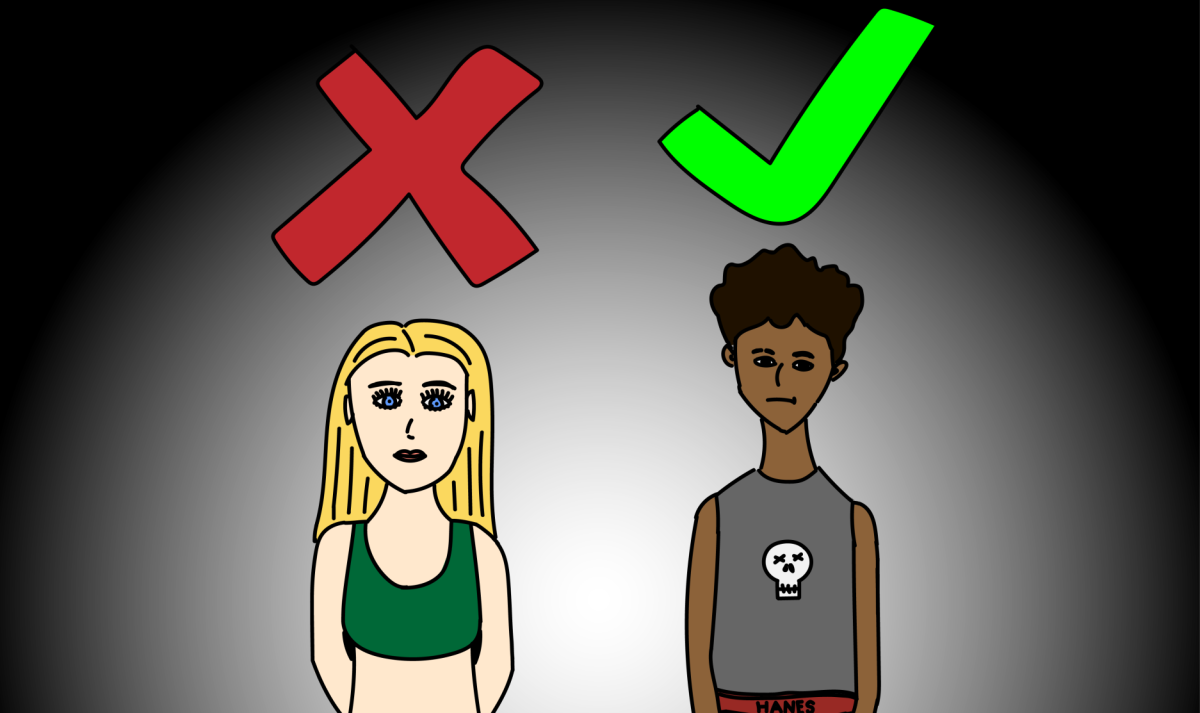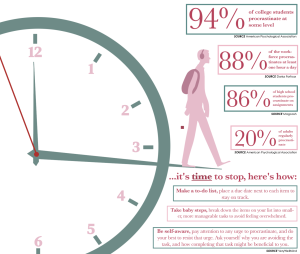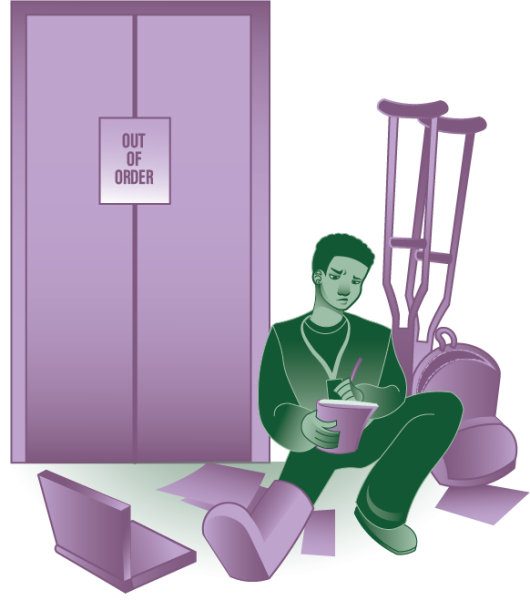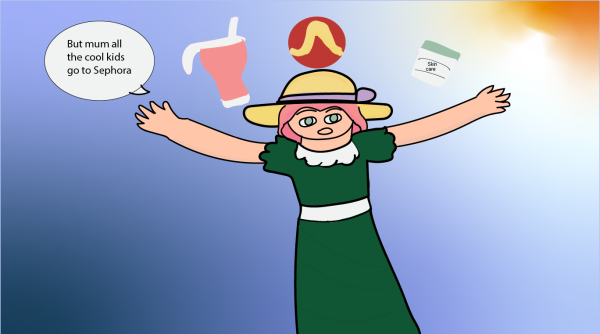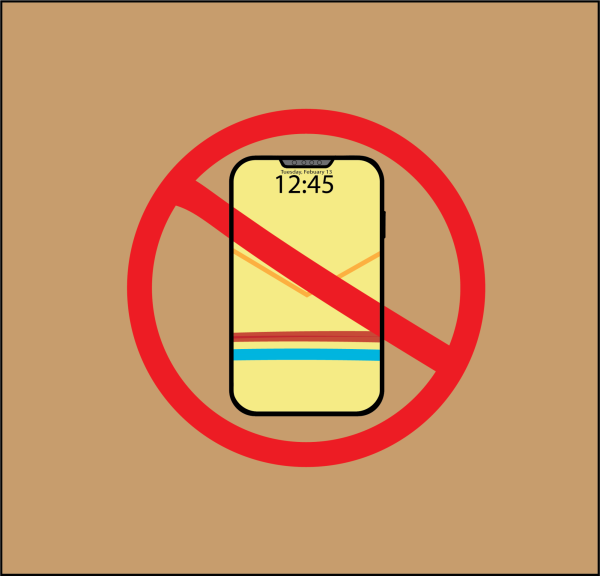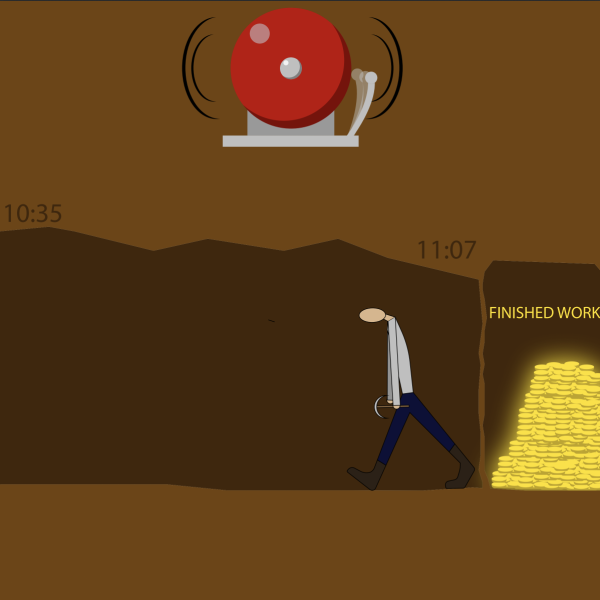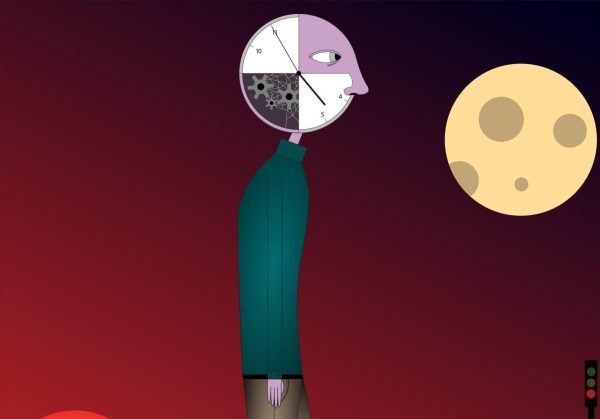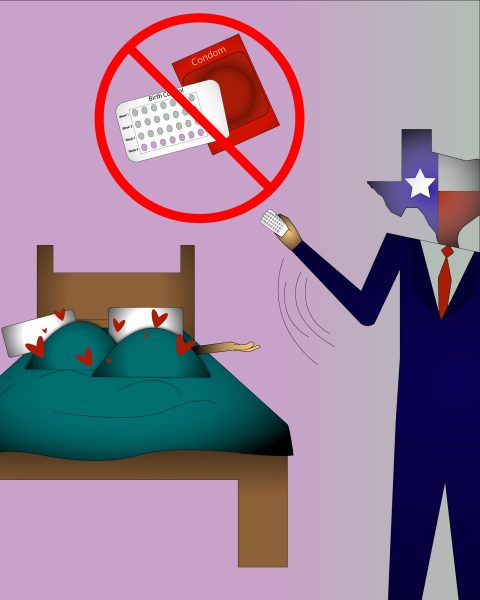Following the failures of fast fashion
Low prices, floral patterns, teenagers, and Instagram are the things that come to mind when stepping to a clothing store at the mall. Now, the mall does have a few other options to pass time such as, going to see a movie, grab a bite to eat, but most people’s favorite thing to do at the mall is go shopping.
June 18, 2019
Low prices, floral patterns, teenagers, and Instagram are the things that come to mind when stepping to a clothing store at the mall. Now, the mall does have a few other options to pass time such as, going to see a movie, grab a bite to eat, but most people’s favorite thing to do at the mall is go shopping.
Business insider found that in 2016 teens top three favorite clothing stores were Forever 21, H&M, and Zara. These stores are also notoriously known as fast fashion retailers.
Buying clothes every weekend might seem like a harmless activity, but the effects can be bigger than you might realize. Fast fashion is when a fashion trend is rapidly produced for mass retailers and then sold for a low price. Fast fashion has been coming more and more into the light as a result of many people taking initiative to protect the environment. Colorful commercials and tempting sales cause many people to end up with more clothes than they really don’t need; causing piles of thrown away clothes to collect at the end of year.
According to the Council for Textile Recycling (CTR), 25 billion pounds of textiles are produced each year in the U.S. alone. Unfortunately, not a lot of these clothes get donated and 85 percent of textiles produced are thrown into U.S. landfills. At first, this number is shocking but when you stop and think about all the times you went shopping simply because you had nothing else to do it starts to make sense. We all are victims of this and it’s a hard habit to stop but mindless shopping is something that we will all see the effects of when it hurts our bank accounts and our planet.
These clothing piles can be just as harmful to the environment as plastics. Fabric for these fast fashion companies is often dyed using carcinogenic chemicals. The dye is often dumped into a nearby river making it toxic and harming the people that live close by.
According to The World Bank, roughly 17 to 20% of industrial water pollution is owed to fabric dyes and treatments. This polluted water eventually flows into our oceans, harm ing the wildlife that inhabits the water.
The process to make these clothes isn’t any better. Fast fashion companies often try to hide the fact that most of them use slave labor to make their clothes. Yep, that’s right, adults and children work up 14 hours a day, six days a week, in unsafe conditions, to make that cute crop top you wore that one time. These workers aren’t getting paid well either most make less than we do in one day. Most of these buildings are extremely unsafe with workers being exposed to harmful chemicals and safety regulations not being kept up to code.
Some may remember the Bangladesh Factory fire in 2012 that killed 112 garment workers. The fire was theorized to be caused by a short circuit on the ground level. Workers became trapped due to blocked fire escapes. You would think this situation would be looked at right away and become an opportunity to learn from mistakes, but only five months later another factory in Bangladesh collapsed. Just the day before, the building was evacuated because of cracks that began appearing in the walls of the building. The workers were told to return shortly after the evacuation. The next morning the building collapsed, killing 1,021 workers.
When you look at all these horrific effects you need to ask yourself if all these clothes are really worth it. Whenever I buy from fast fashion stores, most things end up with holes after one wash. It will benefit you in the long run to buy something of higher quality. Thrifting is also great way to not only save money, but save the environment. If you are someone who is more artsy, up-cycling might be great option for cutting down on fast fashion. Up-cycling is taking old, unwanted items and making them into a completely new item.
I’m not suggesting you completely stop shopping at fast fashion retailers, but that you take the time to educate yourself before shopping at these stores. Our environment is in deep trouble if we don’t take every possible action we can to save it. I highly encourage you to make better choices on your next trip to the mall.



